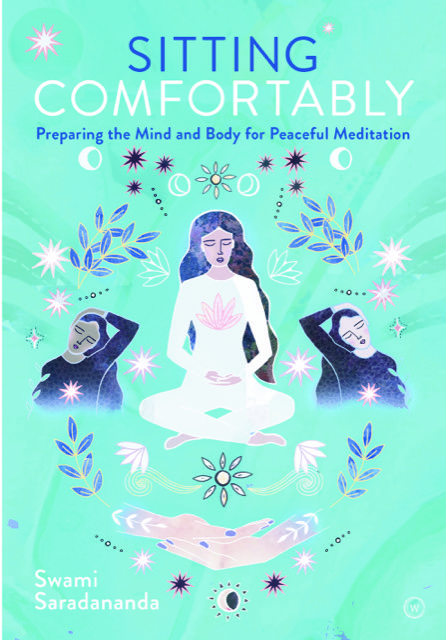Many people have the impression that meditation is just sitting quietly doing nothing.
However, this is far from the truth.
It would be more accurate to say that meditation is a state of mind in which we are fully focused on the experience of being in the eternal “now.”
As the nature of the mind tends to be restless, achieving a peaceful state can seem elusive to beginners.
One analogy commonly used for meditation is that when the water of a lake is agitated by waves, it is difficult to see what is really there; but when the water is still, we can see to the bottom clearly.
The same is true of the mind—when it is calm we may see and experience inner peace
The mind likes constant stimulation, so when we try to sit quietly during meditation, without giving the mind external entertainment, it may come up with resistance and excuses not to continue.
Rather than viewing these as setbacks, it is useful to view them positively, as obstacles to be overcome and lessons to learn from.
Below are six common mental and physical challenges of meditation and how to overcome them:
1. Stay in the Moment
Memories of the past and daydreams of possible futures can often distract the mind. If these come up while you are trying to meditate, just bring your mind back to your point of focus—whether it is your breath, a mantra, a visualization, or whatever other technique you have chosen to use.
2. Avoid Fault-Finding and Replaying Thoughts
Try not to review the shortcomings of other people when you are sitting for meditation and also be careful not to get caught up in self-criticism. If you find your mind re-processing the events of the day during meditation, remind yourself to come back to your point of focus, whatever that may be.
3. Be Fearless
You may uncover hidden fears during meditation that have been lurking within your subconscious mind. These can manifest in many forms: fear of death, disease, solitude, criticism, or even just facing yourself.
All fear stands in the way of meditative progress, so develop the habit of observing its many forms with detachment. You will find that many will dissipate of their own accord if, instead of allowing yourself to get caught up with them, you simply return your attention to your chosen point of meditation focus.
4. Muscle Cramps
You could take a walk before sitting to prevent cramps. Make sure that you are getting enough potassium in your diet —and maintaining a healthy potassium-magnesium-calcium balance. Consider eating more bananas, dried apricots, prunes, and other fruits.
5. Feeling Disorientated
Sometimes you may feel that your body is whirling or moving in a spiral motion as you sit in meditation. This tends to be more common if you meditate with your eyes closed. If this happens, open your eyes for a moment to reorient yourself and then close them and restart your meditation practice.
6. Exercise for Optimal Energy
Doing some form of exercise prior to meditating—whether stretches, yoga poses, breathing exercises, or even just going for a brisk walk—can help to energize you for it.
The moment you change from being distracted to noticing that you are distracted is an important shift of awareness, as it represents a transformation from unconscious behaviour to mindful action.
My new book, Sitting Comfortably: Preparing the Mind and Body for Peaceful Meditation, is out on June 8th. Pre-order it here.









Read 3 comments and reply